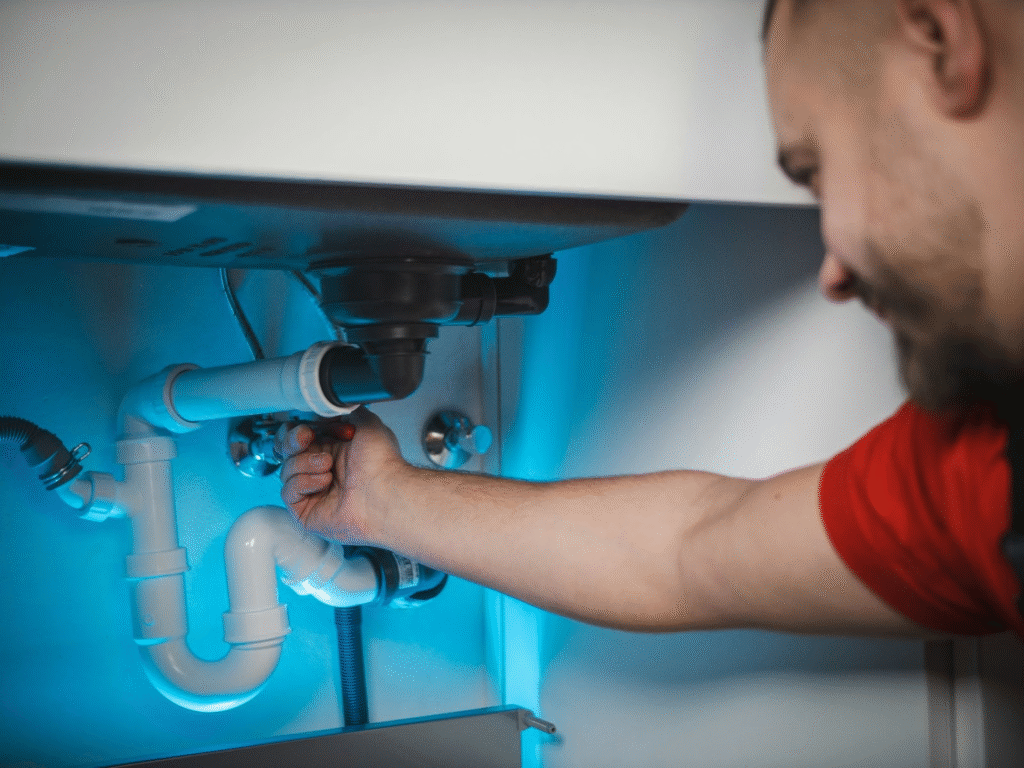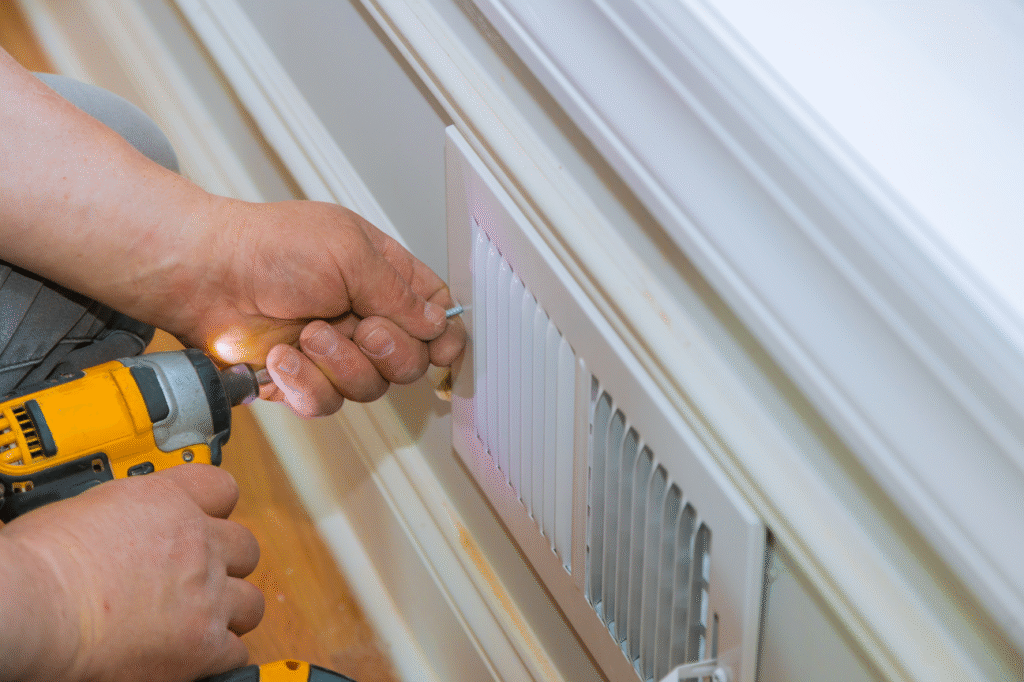5 Renovation Strategies That Give Older Homes Modern Energy Performance

Owning an older home comes with a unique charm and character that new builds often lack. However, that historic appeal can also come with drafty rooms and surprisingly high energy bills. The good news is, you don’t have to sacrifice modern comfort for classic style.
With a few strategic renovations, you can significantly improve your home’s energy performance, making it more comfortable to live in and more affordable to maintain. These upgrades not only enhance your quality of life but also add considerable value to your property. So, let’s dive into them!
Conduct a Thorough Energy Audit to Identify Key Weaknesses
Before embarking on any renovation project, it’s essential to understand where your home is losing the most energy. A professional energy audit is the most effective way to pinpoint these problem areas. An auditor will use specialized equipment, such as blower doors and infrared cameras, to detect air leaks, inadequate insulation, and inefficient heating and cooling systems.
This professional energy assessment provides a customized roadmap for your energy-saving upgrades, ensuring you invest your time and money where they will have the most significant impact. By starting with an energy audit, you move from guesswork to a data-driven plan, allowing you to prioritize renovations that will deliver the best return on your investment.
Enhance Your Home’s Insulation to Retain Conditioned Air
Many older homes were built with little to no insulation, making them susceptible to heat loss in the winter and heat gain in the summer. Upgrading your home’s insulation is one of the most effective ways to improve its energy efficiency and create a more stable indoor temperature year-round. Start by ensuring your attic is well-insulated, as this is where a significant amount of energy transfer occurs.
Also, don’t overlook your walls and crawl spaces, either. Modern insulation materials, such as spray foam and dense-packed cellulose, can be installed with minimal disruption and offer superior performance compared to older materials. A well-insulated home not only reduces your reliance on heating and cooling systems but also contributes to a quieter and more comfortable living environment.
Replace Old Windows With New and Energy-Efficient Models
Windows are a significant source of energy loss in older homes, often accounting for substantial heating and cooling energy costs. If your home still has single-pane windows, upgrading to modern, energy-efficient models is a crucial step towards better performance. Today’s windows are equipped with modern features like double and triple glazing, inert gas fills, and low-emissivity (Low-E) coats, all of which work together to reduce heat transfer.
When considering this upgrade, it’s wise to consult with professionals who offer a variety of window replacement solutions to find the best fit for your home’s architectural style and your budget. New windows will not only make your home more comfortable and reduce your energy bills but also enhance its curb appeal and resale value.
Paint Your Interior With Cool and Energy-Efficient Colors
The color of your walls can have a surprising impact on your home’s energy consumption, particularly during the warmer months. Darker colors absorb more light and heat, which can lead to a warmer interior and a greater need for air conditioning. Lighter, cooler colors, on the other hand, reflect more light and help to keep your living spaces cooler and more comfortable.
When planning your next interior update, consider the thermal benefits of your color choices. Engaging professional interior painting services can ensure a high-quality finish that not only looks great but also contributes to a more energy-efficient home. Experts can meticulously prepare older wall surfaces, addressing imperfections that could otherwise hinder the paint’s performance, ensuring the final coat is perfectly smooth and uniform. This precision is critical, as a flawlessly even surface maximizes the reflective properties of the paint.
Upgrade Your HVAC System for Optimal Performance and Savings
The heating, ventilation, and air conditioning (HVAC) system is the heart of your home’s energy consumption. If your older home has an outdated furnace or air conditioner, it’s likely operating inefficiently and costing you a significant amount of money. Modern HVAC systems are far more energy-efficient than their predecessors, with many models earning the ENERGY STAR® label for their superior performance.
When upgrading your HVAC system, consider a high-efficiency furnace, a modern air conditioner with a high Seasonal Energy Efficiency Ratio (SEER), or even a heat pump, which can provide both heating and cooling in a single unit. A new, properly sized HVAC system will not only lower your utility bills but also improve your indoor air quality and overall comfort.
Renovating an older home to improve its energy performance is a rewarding investment that pays dividends in both comfort and cost savings. By taking a strategic approach that includes a thorough energy audit, enhanced insulation, modern window replacements, thoughtful interior paint choices, and an upgraded HVAC system, you can transform your historic house into a model of modern energy efficiency.
These improvements will not only make your home more enjoyable to live in today, but will also make it a more attractive and valuable asset for the future. You’re not just preserving a piece of history; you’re enhancing its legacy, creating a comfortable, cost-effective, and highly desirable home for years to come.




